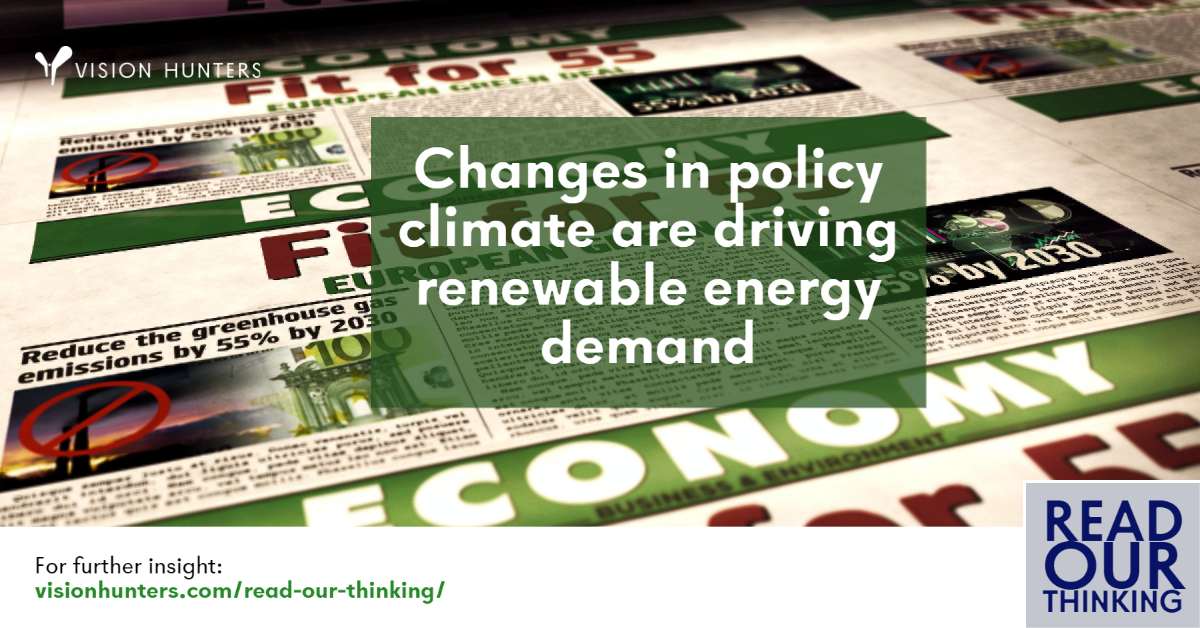Future pulp mills enable improved circularity and may act as a platform for external companies working in a bioecosystem. A mill willl have more departments/plants that use all streams, as well as possible external operators, all on the same mill site. There is no single solution for the mill, but rather a range of options in both the core mill and operating within the ecosystem.
October 28, 2022
In the last few years, the green transition, or the change from growth based on fossil fuels to growth based on green solutions, has ramped up considerably.
Forest residues are one of the most promising renewable feedstocks due to their availability, cost, and independence from the food industry. They can be converted into a variety of products, including biofuels, biochemicals, and biomaterials, which can replace the use of fossil fuels in the production of steel, chemicals, and transportation fuels
October 21, 2022
Lignin has been a good source for renewable bioenergy, but it is currently an underutilized source for biobased products and has the potential to replace many of the oil-based products. While lignosulfonates have found their use cases, there is a huge untapped potential for kraft-lignin and lignin originating from second generation (2G) biorefineries.
April 7, 2021






